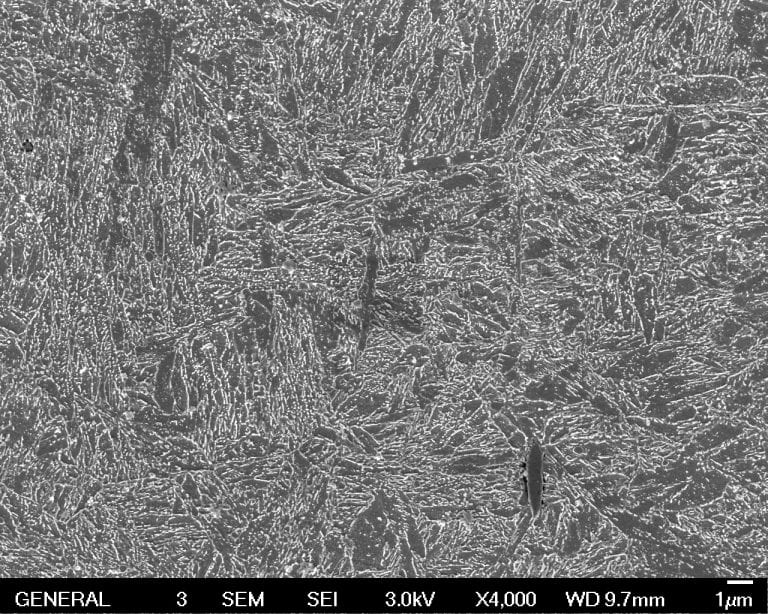Tempering of steel is a heat treatment process used to improve the mechanical properties of hardened steel, such as reducing its hardness and increasing its toughness and ductility. The process involves reheating the hardened steel to a specific temperature below its critical point and holding it at that temperature for a predetermined time, followed by controlled cooling. The tempering process allows for the controlled formation of fine carbide particles in the steel’s microstructure, which helps to reduce its hardness while increasing toughness and ductility. The specific combination of hardness, toughness, and ductility achieved through tempering depends on factors such as the tempering temperature and time, as well as the composition of the steel. Both induction and furnace tempering are widely used in industry. Induction tempering has become more popular recently. A major reason is that the high heat intensity could reduce the heating time, also more energy efficient and environmentally friendly than conventional furnace tempering. Compared to the conventional furnace heating system, there’re several advantages for induction heating: quick heating, less scale loss, fast startup, energy savings, high production rates, superior mechanical properties, lower manufacturing costs and low shape and size distortion. Researchers found that the alloy steels may achieve the same hardness with higher tempering temperature with shorter time and lower tempering temperature with longer time.


